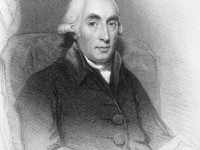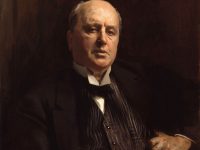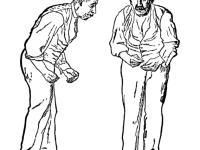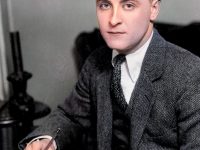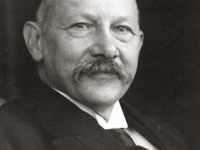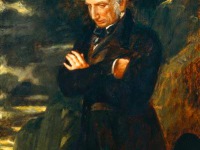Joseph Black and the Discovery of Carbon Dioxide
On April 16, 1742, Scottish physician and chemist Joseph Black was born. He is best known for his discoveries of latent heat, specific heat, and carbon dioxide. “As the ostensible effect of the heat … consists not in warming the surrounding bodies but in rendering the ice fluid, so, in the case of boiling, the heat absorbed does not warm surrounding bodies but converts the water into vapor. In both cases, considered…
Read more











